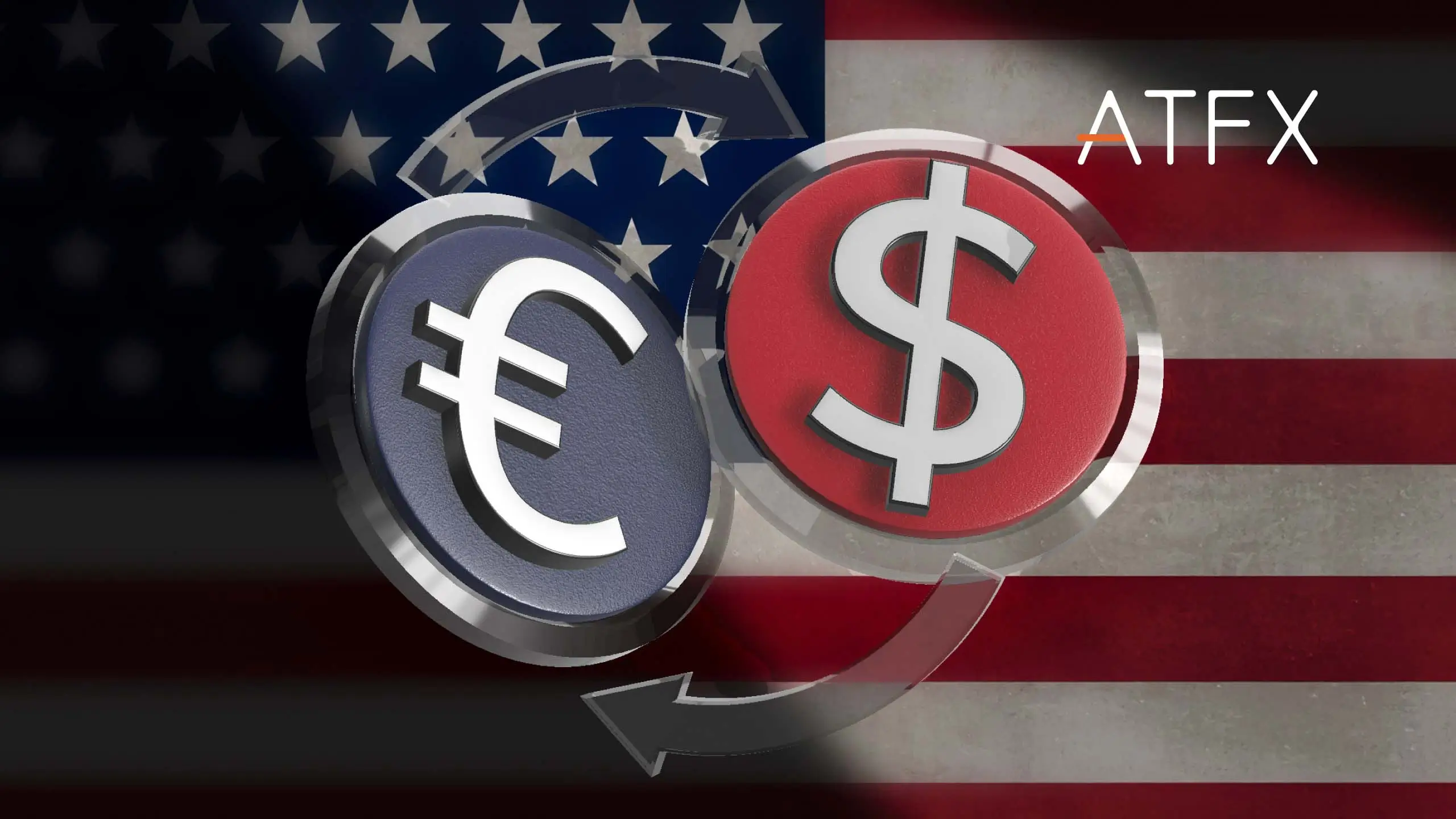On Monday, oil prices experienced an upward trend in response to reports indicating that Israel had launched a strike against an Iranian consulate in Syria. This development heightened geopolitical tensions in the Middle East shortly before the forthcoming OPEC+ gathering.

WTI – 4 hour chart
At approximately 14:30 Eastern Time (19:30 GMT), West Texas Intermediate crude futures witnessed a 0.7% increase, settling at $83.71 per barrel. In comparison, Brent oil futures experienced a 0.6% rise, reaching $87.50 per barrel.
According to media reports originating from Syria and Iran, Israeli airstrikes targeted a building adjacent to the Iranian embassy in the Syrian capital, Damascus. This incident sparked concerns regarding possible disruptions in the oil-rich Middle Eastern region.
If confirmed, the aforementioned reports would represent a significant escalation of conflict within the Middle East and likely continue to bolster near-term oil prices, as Roth MKM stated in a note issued on Monday.
The recent news has reinforced expectations of tighter global oil supplies ahead of the OPEC+ meeting scheduled for later this week.
OPEC and its allied partners, collectively known as OPEC+, are set to convene an online meeting on Wednesday to review market supply and demand conditions. The meeting will also assess the extent to which member countries have adhered to the agreed-upon output reductions.
Russia and Saudi Arabia jointly lead the OPEC+ group and have extended their output cuts of 2.2 million barrels per day through the end of June.
However, Russia is anticipated to reduce its production to 9 million barrels per day to offset surpluses that have exceeded its agreed-upon production levels.
Ministers must refrain from formulating new policy recommendations during the joint ministerial monitoring committee meeting. Nevertheless, oil prices will likely remain supported, primarily due to Saudi Arabia’s strict adherence to its production curbs.
A recent note issued by TPH&Co. highlights the significant role of Saudi Arabia’s disciplined cuts in leading OPEC. Furthermore, the note suggests that additional volumes taken offline during the second quarter should maintain crude oil prices at competitive levels and positively impact capital investment in services and higher cash flow for upstream operators.


